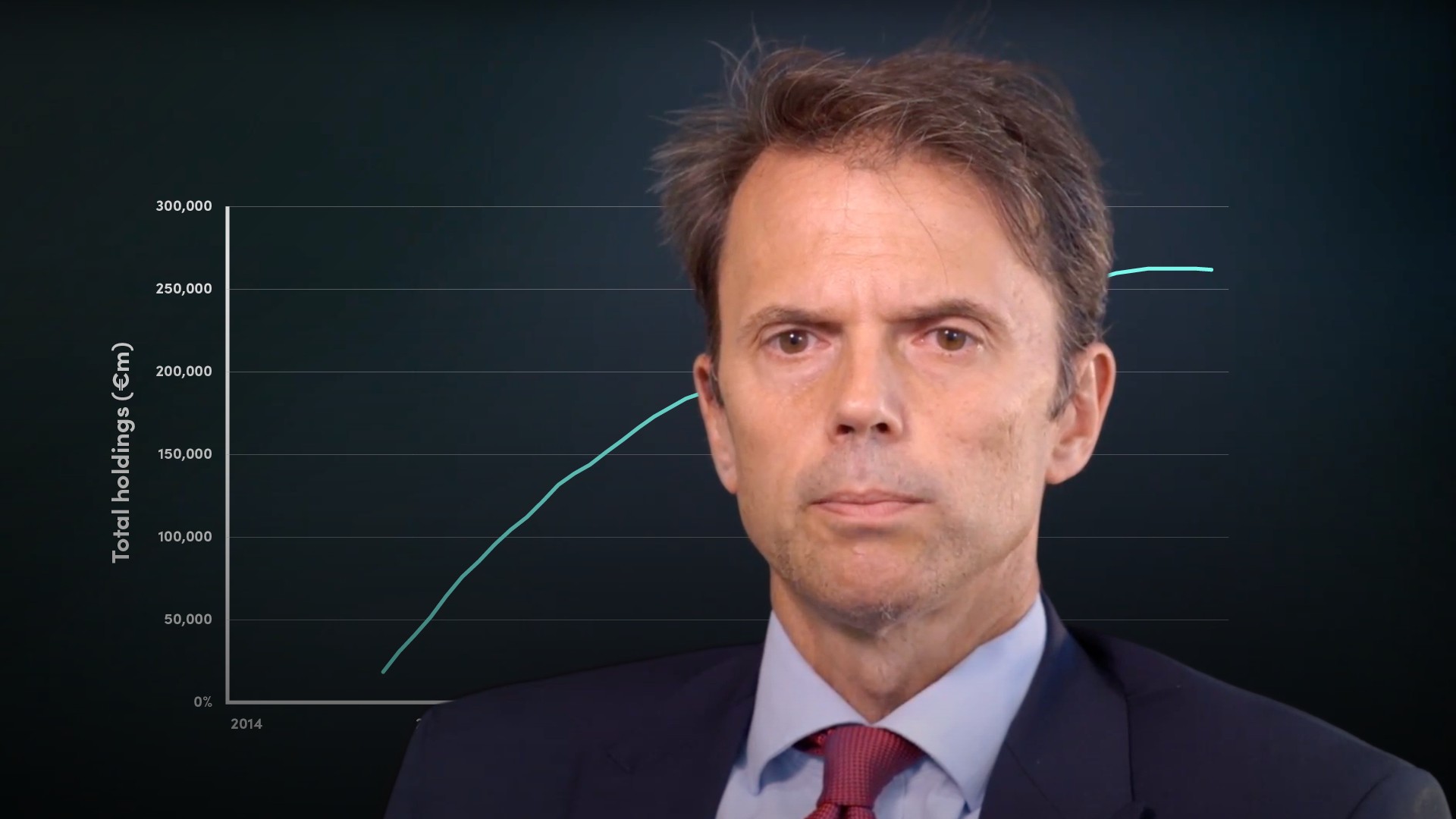How are convertible bonds structured?
A convertible is a bond which has an embedded option for investors to convert into a fixed number of shares. A typical convertible would be a normal senior bond issued at par and redeemed at par. The conversion option at launch would be into a fixed number of shares that is worth less than par. For the issuer this means that investors would only convert the bond if the shares have risen and are worth more than par.
What is option volatility?
Volatility is the rate of change of the underlying stock price. The higher the volatility, the more that the stock has moved in recent history. As an investor, we buy the future expected volatility not the historical volatility. The call option embedded in a convertible at launch is at a premium to the current share price e.g. 25%. A convertible model takes the implied volatility and runs thousands of iterations moving the share price up or down on average by the implied volatility. The stock with the higher volatility is more likely to both rise above 25% and also to move further above the conversion price.
What is the relationship between option value and convertible value?
The foundation of any convertible bond is usually a senior debt obligation. The value of the call option could in theory simply be added to the upfront cost. The result is an instrument that is still a senior debt obligation of the company, but has a materially lower coupon than normal. Of course, it also comes with the possibility that it will be converted into shares, although this only happens if the share price rises to at least the conversion price.
What are the key factors impacting option value?
Dividend yield is critical. If two stocks have the same volatility, but only one pays a dividend, then the likely future share prices and option values are very different. Over a 5-year life, with a yearly 3% dividend, this means that 15% has been paid out (to shareholders), reducing the stock price by 15% versus a similar stock that pays no dividend.
What is a ‘hard’ and ‘soft’ call?
It is relatively common for an issuer to have an option to call a bond early if the share price has risen substantially, effectively forcing conversion into equity. Such options often start after a certain period of time – a non call period or ‘hard’ call. On top of this, most convertibles have a required share price threshold that has to be reached before being allowed to call the bonds – a ‘soft’ call.
What are the advantages of convertible bonds?
- Attractive cost of financing with the low annual coupon (average 2%)
- Potential issuance of equity at a significant premium to the current share price (average 30%)
- Tapping into a distinct convertible investor base
- Quick access – convertible bonds are typically sold in one day
- Ability to access market without a bond rating – over 50% of issues are not rated
What are the disadvantages of convertible bonds?
- Uncertainty of outcome. Shareholder dilution, EPS forecasts, leverage levels will have an element of uncertainty
- Wrong way round capital – when your share price falls it is a bond, whereas it is equity when the price rises. The positive of this situation is that if a company is growing – leading to a higher share price, the convertible will turn into equity, providing more capital for growth
- Hedging impacts share price. It is correct that if hedge funds represent a majority of investors and fully hedge their position, there can be some share price selling pressure
What is delta hedging?
Delta measures the rate of change of a convertible’s price due to changes in the underlying share price. So for instance, if the strike price is a long way above the current share price, delta will be very low. As the share price rises, getting closer to the fixed conversion price, the delta rises.
During the life of the convertible, hedging will have the impact of slight dampening volatility – as the delta increases as the share price rises, resulting in more shares to be sold short – and vice versa when the price falls. However this does mean at maturity, if converted, there is no additional selling pressure as the delta is 100% so hedge funds simply use the delivered shares to close out their short position.
Who invests in convertible bonds?
The convertible market is dominated by 2 investor groups – long only or outright convertible funds and hedge funds. Long only funds are looking ideally for some yield. Hedge funds can behave as an outright investor or hedge out the share price risk completely to capture an increase in the option value.
High net worth investors can also be involved as convertible bonds are particularly attractive to long term investors who like the idea of keeping par.





